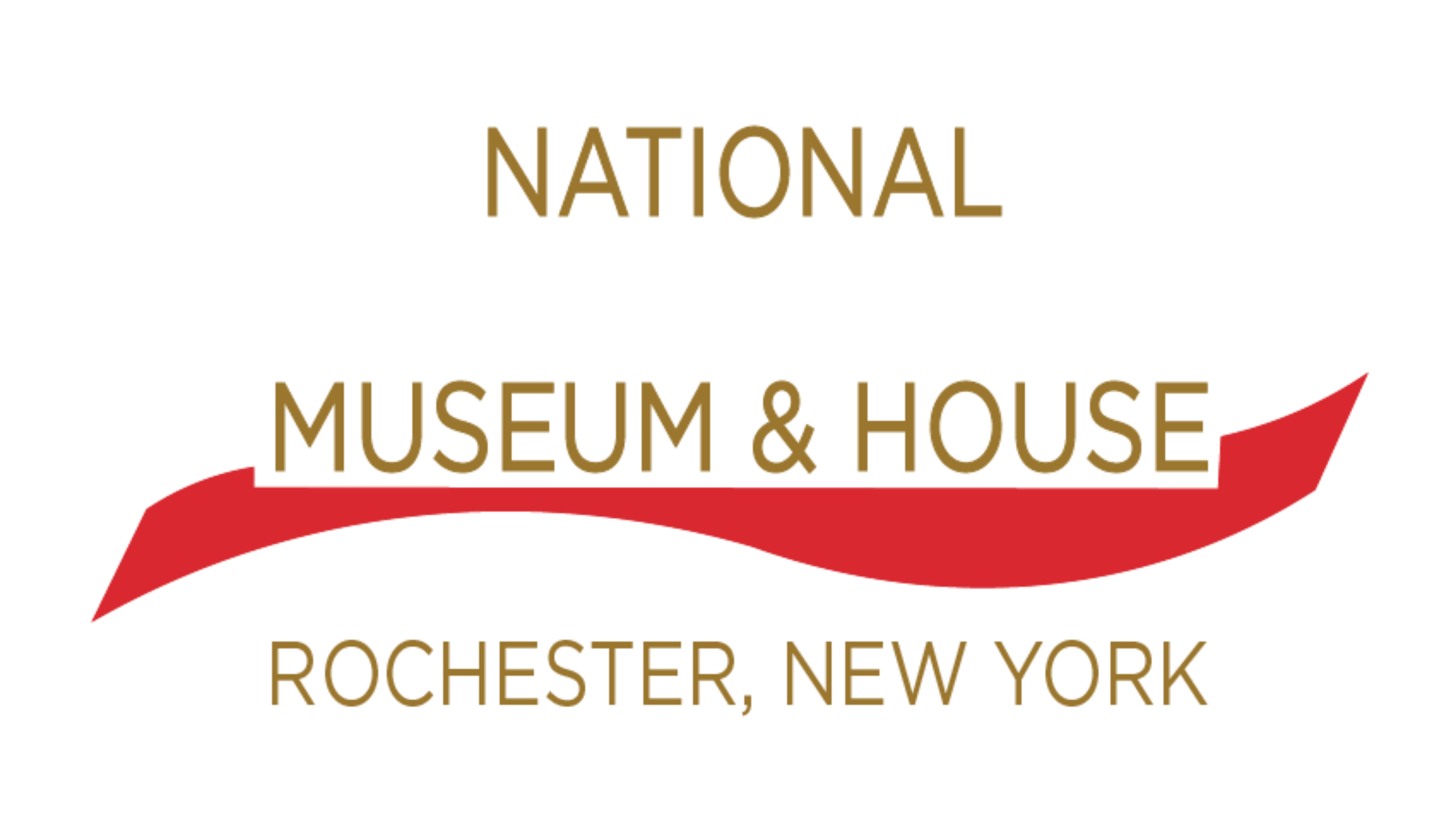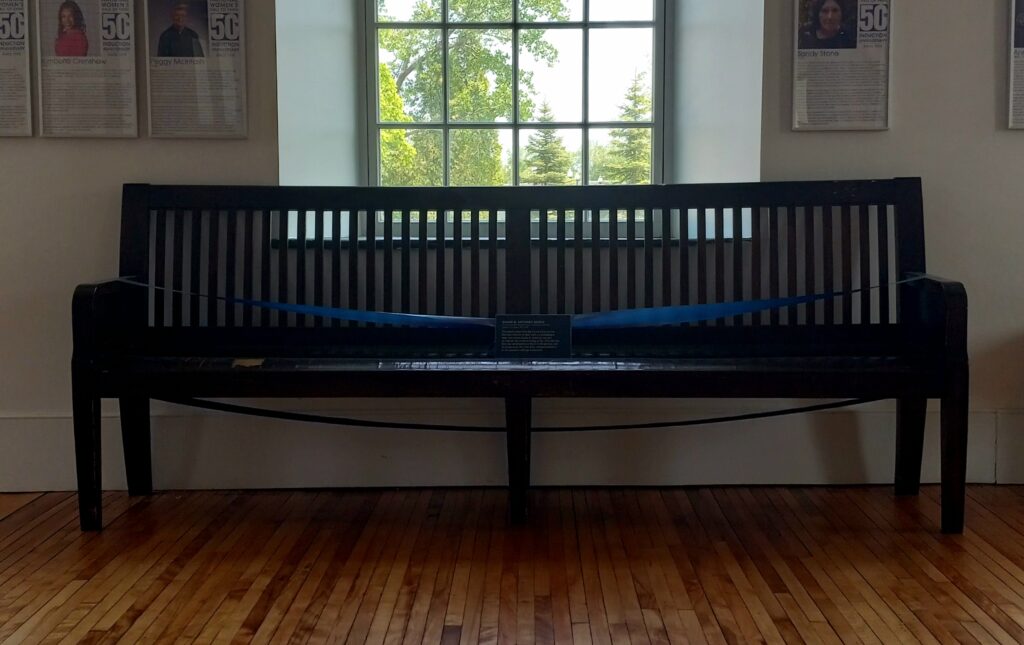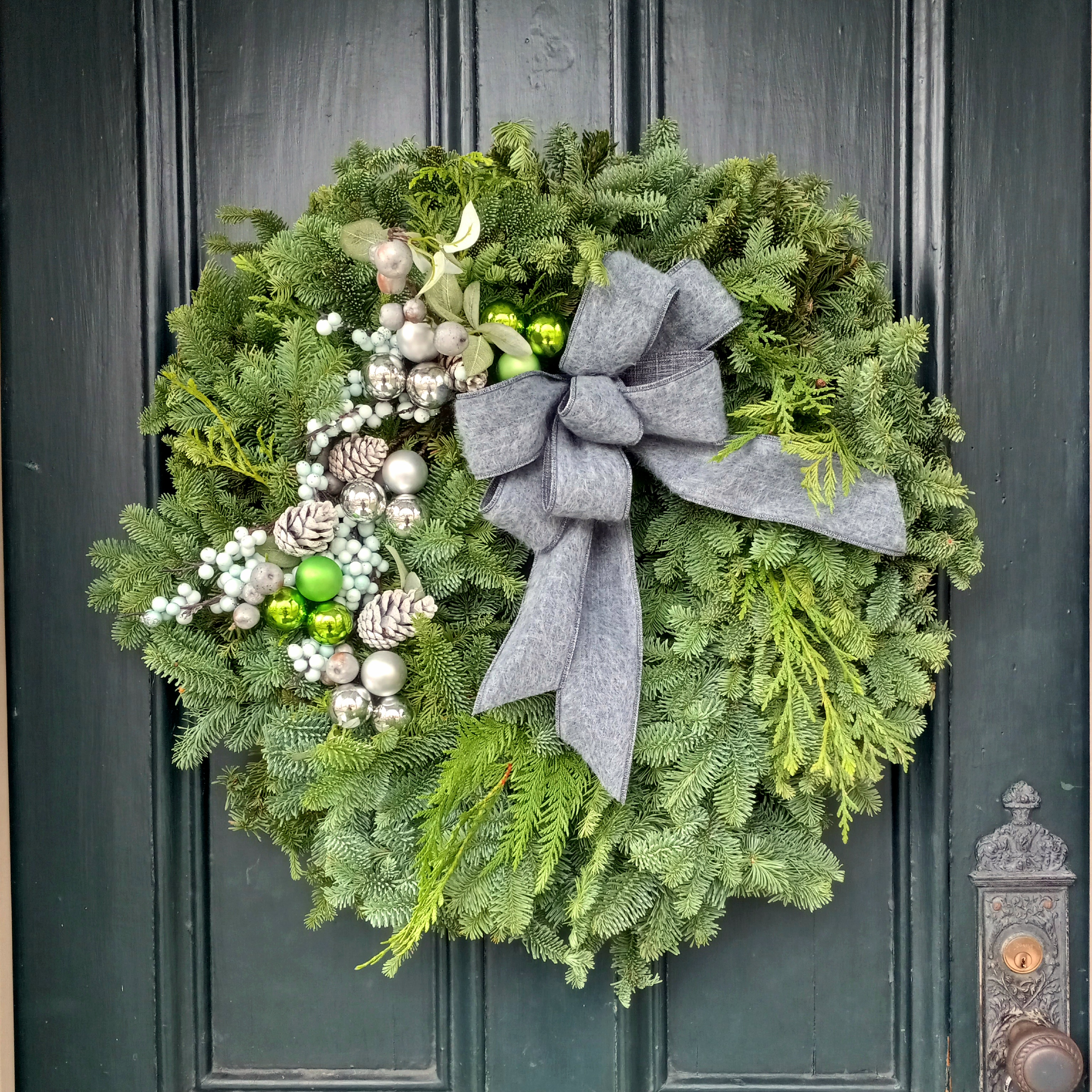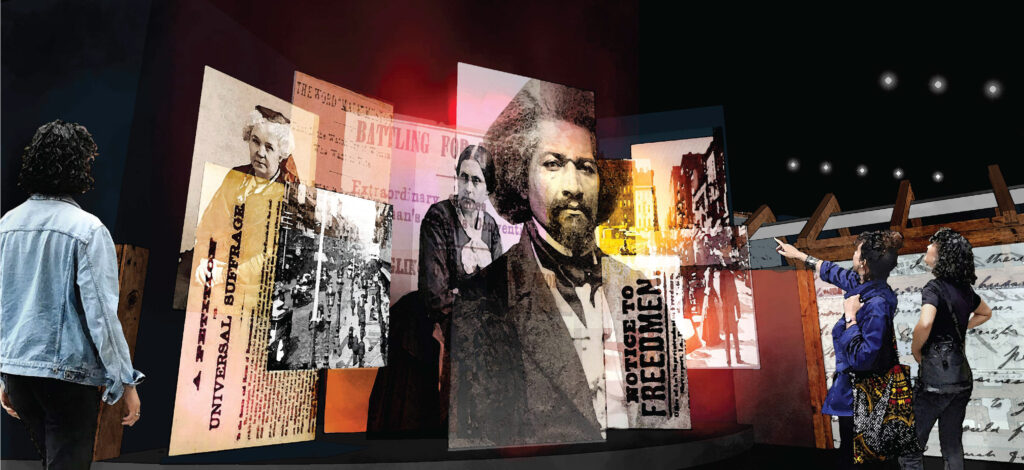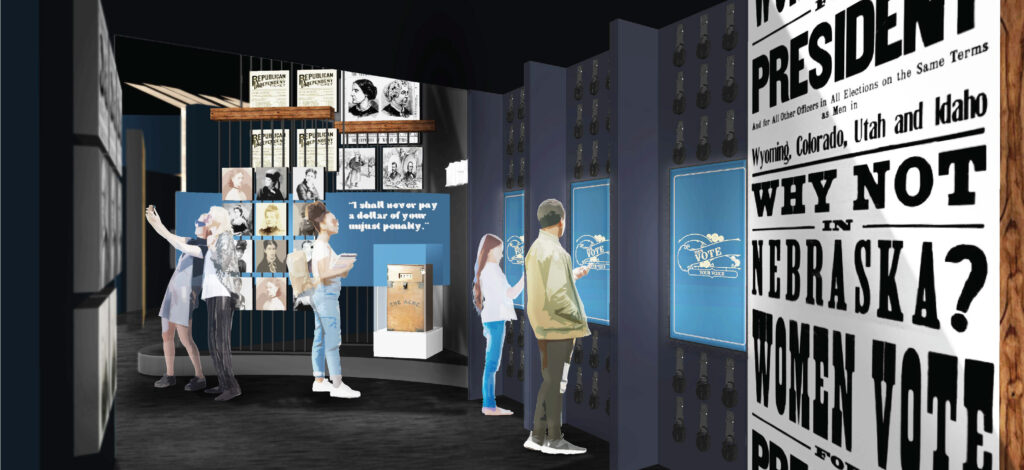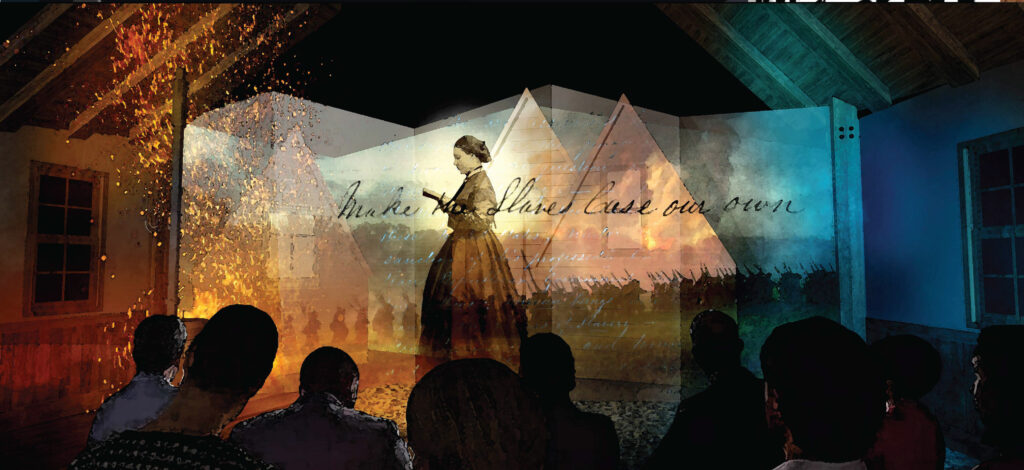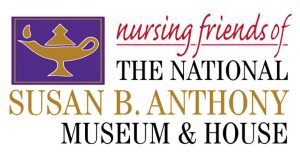Get to Know Rhoda DeGarmo
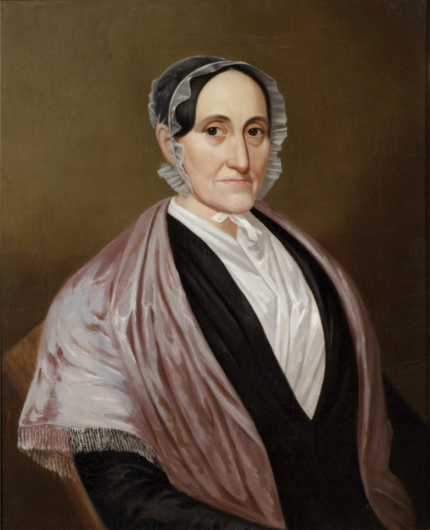
Meet Rhoda DeGarmo, an ardent anti-slavery advocate, temperance worker, suffragist, friend of Anthony and Stanton, yet for many today, an unfamiliar name. What did she do for women’s rights? What would she say to us today about the importance of voting?
Born in Massachusetts in 1798 or 1799, Rhoda and her husband, Elias DeGarmo, were farmers in Gates, NY, just outside of Rochester, in the 1800s. The DeGarmos were part of the network of anti-slavery activists who made up the Underground Railroad in the region. Their home often provided refuge for enslaved persons fleeing to Canada. She was one of the first people to join the Western New York Anti-Slavery Society when it was formed in 1842. She later became part of its equivalent of an executive committee, organizing Anti-Slavery Fairs all around the region. When Daniel and Lucy Anthony moved with their family to a neighboring farm in Gates in late 1845, the families discovered they had much in common and became close friends, working together on anti-slavery, temperance, and women’s rights causes.
In June of 1848, Rhoda DeGarmo and other Quakers walked out of the Genesee Yearly Meeting of Friends when the elders objected to their anti-slavery activities. The next month, at the Women’s Rights Convention in Seneca Falls, she was chosen as one of the organizers for the adjourned convention, to be held in Rochester in August. She supported the move to appoint a woman to preside over the Rochester convention, something strongly opposed by other women delegates as “a most hazardous experiment.” Lucretia Mott and Elizabeth Cady Stanton refused to sit on the dais with a woman presiding.
Throughout her life, Rhoda DeGarmo worked with anti-slavery groups, with state and local women’s rights organizations, and temperance organizations, earning her a respected place as a human-rights activist among her contemporaries. She was a frequent visitor at the Anthony home in Rochester. She was a member of the Rochester Political Equality Club formed by Mary Anthony. In 1872, when Susan B. Anthony famously registered and voted in the presidential election, claiming her vote as a right of citizenship under the XIV Amendment, Rhoda DeGarmo, by then in her 70s, was right there, one of the 14 other women voting with her. Rhoda DeGarmo died in 1873, a few months after she dared to vote.
[Ed. note: In 1848, Rhoda DeGarmo’s portrait was created by artist C. Hoag, a painting that came to the Anthony Museum from a direct descendant. The portrait was conserved in 2012 with funding provided by the Greater Hudson Heritage Network and work performed by Tracy Dulniak of Great Lakes Art Conservation, LLC. This portrait is on display in Mary Anthony’s study in the Susan B. Anthony House at the Anthony Museum.]
